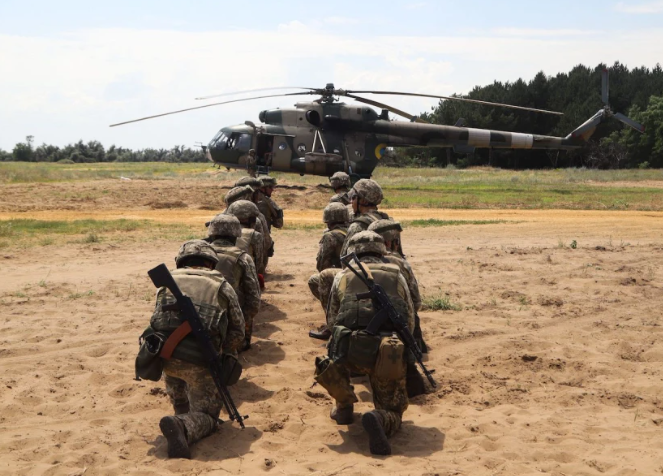Reading Activity
The particularities of the air threats from the information and fire controlled areas by the platoon/group of anti-aircraft missiles/anti-aircraft artillery differ depending on the type of technique and the specificity of the air means mission. The leader of the anti-aircraft defense subunit must know and understand the tactics, techniques and procedures/sequences used by the air enemy as an essential condition for combating/destroying him to the maximum possibilities of the technique provided. The danger of an air attack on the Land Forces has become really difficult to counteract on the modern battlefield. Nowadays, the vertical component of the war has become an essential element of the operation, being just as important as its horizontal component.
The knowledge and interpretation of the technical-tactical characteristics of the air assets offers the subunits of anti-aircraft missiles/anti-aircraft artillery the possibility to establish the most efficient procedures for combating these means. The main technical-tactical characteristics that any commander of the anti-aircraft missile/anti-aircraft artillery subunit must know are: speed; ceiling; distance; armament.
During the enemy's offensive operations, their own forces are vulnerable to all types of airstrikes.
The research actions in the tactical space can be carried out with unmanned aerial vehicles, tactical research aircraft and specialized helicopters for locating the command points, the air defense means, the artillery, the logistics and the areas of concentration of forces. After discovering these objectives, the enemy is expected to neutralize or destroy them with ground or anti-armor attack aircraft/helicopters, cruise missiles/air-to-ground, unmanned aerial vehicles and/or artillery fire. The actions of fighter-bombers will take place more intensely at night, in low visibility conditions, in order to reduce their vulnerability, increase the probability of survival, will be preceded, and followed by research and reconnaissance missions. Support/combat helicopters are the main threat, especially for anti-aircraft missile/ anti-aircraft artillery platoons operating in the areas of operations of units in direct contact with the enemy.
During the offensive of their own forces, the enemy in defense will try to regain the initiative with the fighting and support forces. The enemy's aviation will perform, in support of the defense of the Land Forces, the following missions:
a) Research;
b) Recognition;
c) Supervision;
d) Neutralization.
In addition to the actions of the air enemy, the neutralization of the platoon / anti-aircraft missile/anti-aircraft artillery group will also be achieved with the artillery hitting subsystem. The most important means that can act in the tactical field during the enemy defense operation are attack or special purpose helicopters.
The main missions of combat helicopters in support of the defending forces are: a) Counterattack - mobile anti-armor force; b) Reconnaissance; c) Counter mobility of the opponent. |
 |